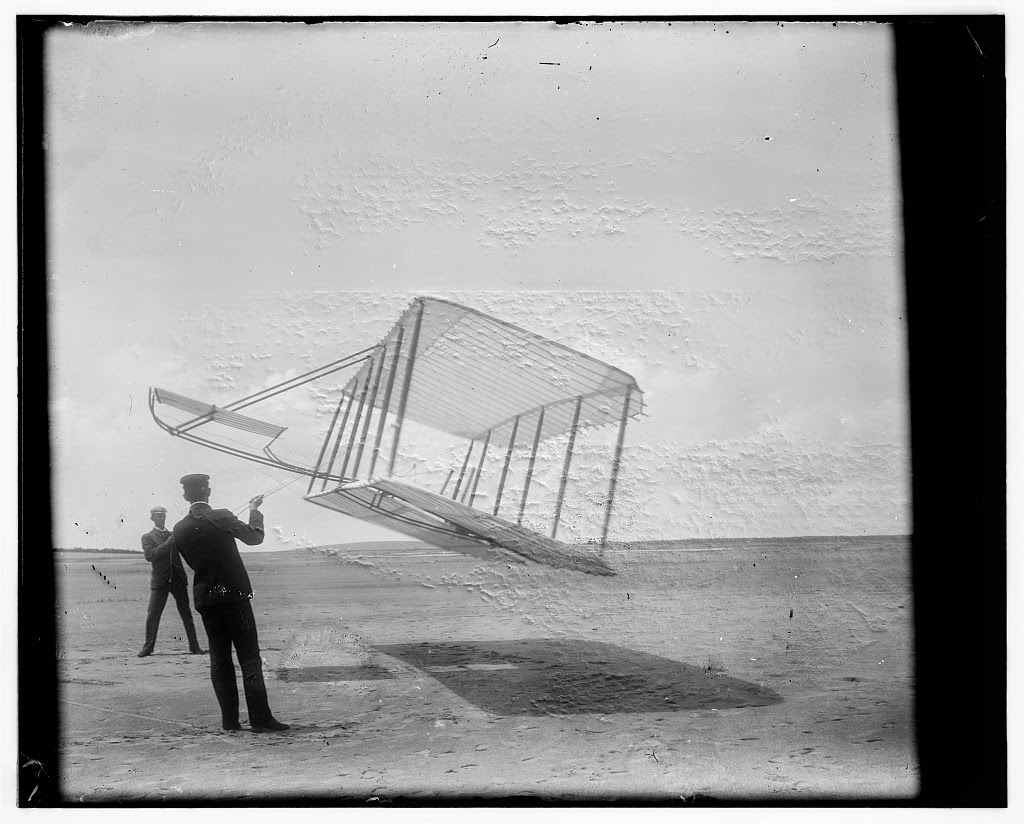Sci-fi
The universe is a shadow, an absence so massive it is beguiled by the force of its own casting.
We think of the big bang as a single event, as a moment where everything was collapsed into an infinitesimal dot.
Though I'm free to consider the possibility that the universe did not begin under the conditions of symmetry, that there were an array of bangs that cast out massive overlapping differences across the universe.
But if I consider the single event and I think of the prospect of infinite expansion under the conditions of the laws of thermodynamics, that all matter as we know it has always existed and will always exist and will only undergo changes, I'm inclined to think of distance as the shadow of time. That is distance and time are both the vectors describing the expansion of that little dot, where the big bang is the zero state and the outer edge of the universe is its present-- we exist somewhere inside it, a dizzied mote swirling somewhere in the shadow, capable of defining a separate present.
The experience of the universe is force, matter and absence. Time and space both undergo customizations when they are attached to human experience, specializations. When we perceive time, we perceive our own mortality. When we perceive space, we reckon our own smallness or borrow the world's largeness. Our perceptions are attuned to radiations and emanations aged by their crossing of space. We cope with these gaps in various ways, but our senses function as relays and our experiences relay our energies. The planet is a prism, a cloud chamber, where the forces of space and time are slowed and bent by our living. We don't have to accept the indifference of the universe, we only have to understand it.
 |
| Have you ever been to Ohio? Side view of the Wright Brothers glider courtesy of the Library of Congress |
Stairway Treads
At work, our stairway is covered in a black industrial tread with raised black dots to lend the treadless sole of the work-appropriate dress shoe extra grip. Our stairway is also our fire stairway, so it serves a dual purpose and the only break in the functional repetition of the bland wall and bright rail are inspirational posters, placed at the occasion of a new floor. If you are like me and tend to miss a step, your eye is likely pointed at the stairs for the most part and so lost inside the march of the raised black dots that cascade ever downward. It seems like Robert Smithson's definition of a non-site, a place of pure dislocation without any identity. Smithson, an earthworks artist, used the term pejoratively to describe the housing and commercial development booms in the late sixties and early seventies-- that continue to the present and were first signified by the mini-mall and now extend to the big box store. But where those stores are at least partially clothed in their purpose and it can take a good half hour before I'm dwarfed by their exhaustive supply and choices, the functionality of the stairway treads overwhelm me almost immediately, to the point where I second guess taking the stairs. I feel out of place and have to stop myself from running down the stairs, even when I do, the repetition I find at the next floor is almost as disheartening as starting back at the top where I began. There's an airlessness in the stairwell. It's pressurized in case of fire and there's an industrial fan hidden away somewhere to suck away smoke in case it enters. For some reason today I was in the stairwell and I didn't feel the need to rush. I let the illusion that I was nowhere stand and I walked as slowly as I could and I found myself comforted by the procession of raised black dots. I let my eyes go soft and I felt for a few moments that the tread had dropped away and that I was floating down on a cushion of dots.
Roll 'Em
A reel-to-reel projector, if turned upside down, becomes a small car.
 |
| Portrait of Rose Covarrubias, Mexico by Edward Weston |
One measure of bad art is the distance of the art from the artist. Bad technique.
Another measure is the distance of the artist from the viewer. Bad engagement.
Both measures are usually blocked by our own embarrassment because these distances come across like bad pick up lines. We hold it against the artist because he or she could not manipulate us.
The pleasure we take from bad art is entirely fed by our notion of the artist's shame. The artist should be shamed to make better art, but then we couldn't measure their distance from our ideal.
 |
| Wax Hanks |


No comments:
Post a Comment